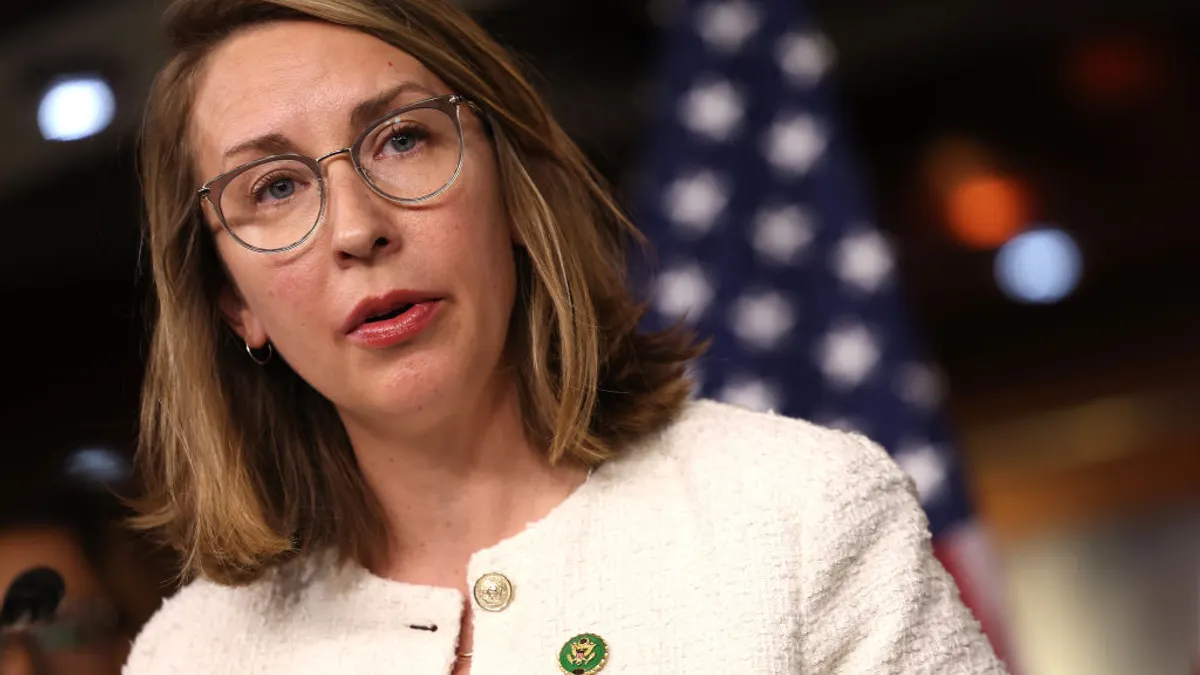Dive Brief:
- The U.S. House of Representatives’ Democratic Women’s Caucus sent a letter to the U.S. Department of Labor on Tuesday expressing concern on the rising rate of women leaving the workforce and urging the department to investigate the causes behind the exodus.
- The representatives noted that more than 330,000 women ages 20 and over have left the workforce since January, including more than 100,000 Black women, for a participation rate of 58.4%. In the same time period, they said, over 103,000 men have entered the labor force, for a participation rate of 70.4%.
- The letter comes at a fraught time for the labor market. Job gains reported earlier in the year by the U.S. Bureau of Labor Statistics have been revised down significantly in recent months, and workers recently reported anxiety about future job availability.
Dive Insight:
The representatives clarified that while they believe all women should have the choice of when and whether to have children and whether to work outside the home, “economic indicators suggest that this exodus of women from the labor force is not entirely voluntary.” Rather, they wrote, “women are leaving out of necessity due to the end of flexible remote work policies and lack of support for caregiving needs, among other policy issues.”
They pointed to the “sandwich generation,” or those caring for both children and aging parents. A May report from Motherly and the University of Phoenix Career Institute found that half of surveyed mothers who matched this description said they’d left a job due to their caregiving responsibilities.
“With the costs of child care rising, the lack of supportive paid family and medical leave policies, and failure by the administration to address these needs, the number of women forced out of the workforce will continue to rise,” the representatives wrote.
In addition to declines for Black women, the representatives also noted declining participation rates for mothers between the ages of 25 and 44 with young children, a group whose labor force participation rate has fallen nearly 3 percentage points since January. The University of Kansas’ Care Board recently observed this was the “steepest mid-year decline in more than four decades of data.”
The representatives, led by Hillary Scholten, D-Mich., and Emilia Strong Sykes, D-Ohio, urged DOL to investigate why so many women, especially mothers, are leaving the workforce; to provide an update on the staffing and projects of DOL’s Women’s Bureau; to provide an update on the number and status of applications for the Women Apprenticeship and Non-Traditional Occupations grant program; and to provide an update on the canceled WANTO and Fostering Access, Rights and Equity grants.
“We have heard that there are very few staff remaining at the Women’s Bureau,” the representatives wrote. “At a time when women are leaving the workforce, we are deeply troubled that the agency tasked by Congress to address this issue is not even functioning.”
DOL confirmed to HR Dive that it had received the letter, but declined to comment further.














